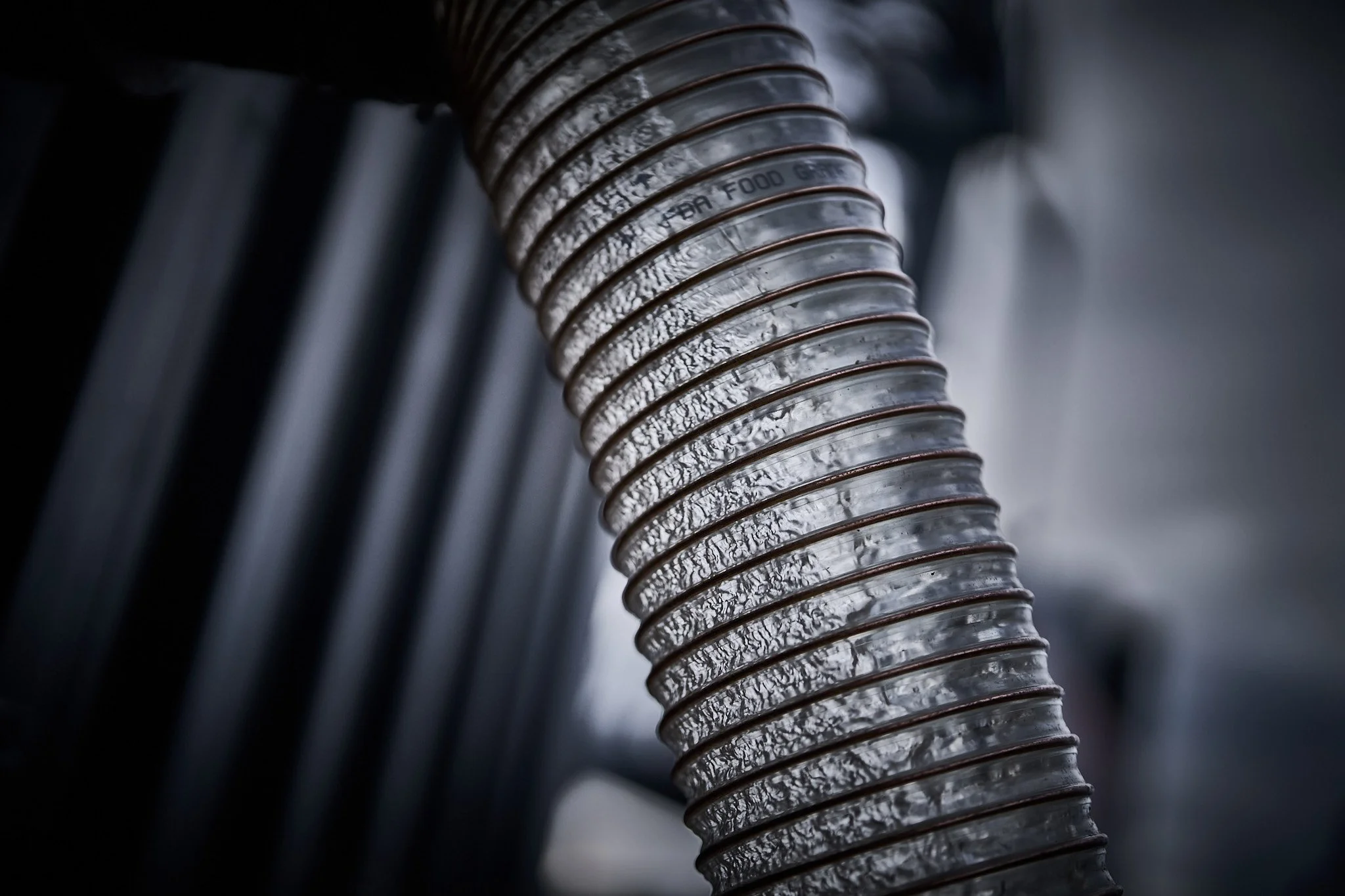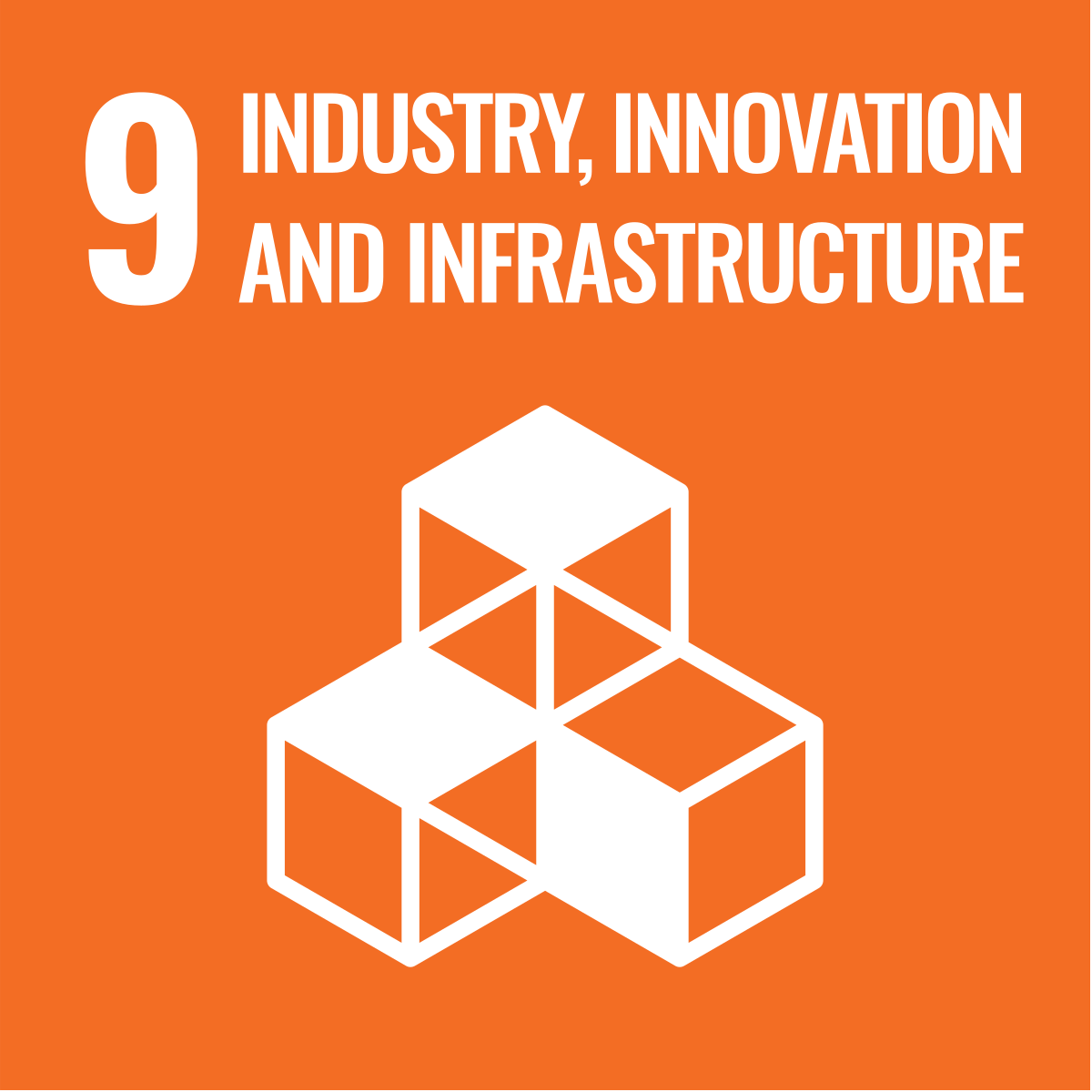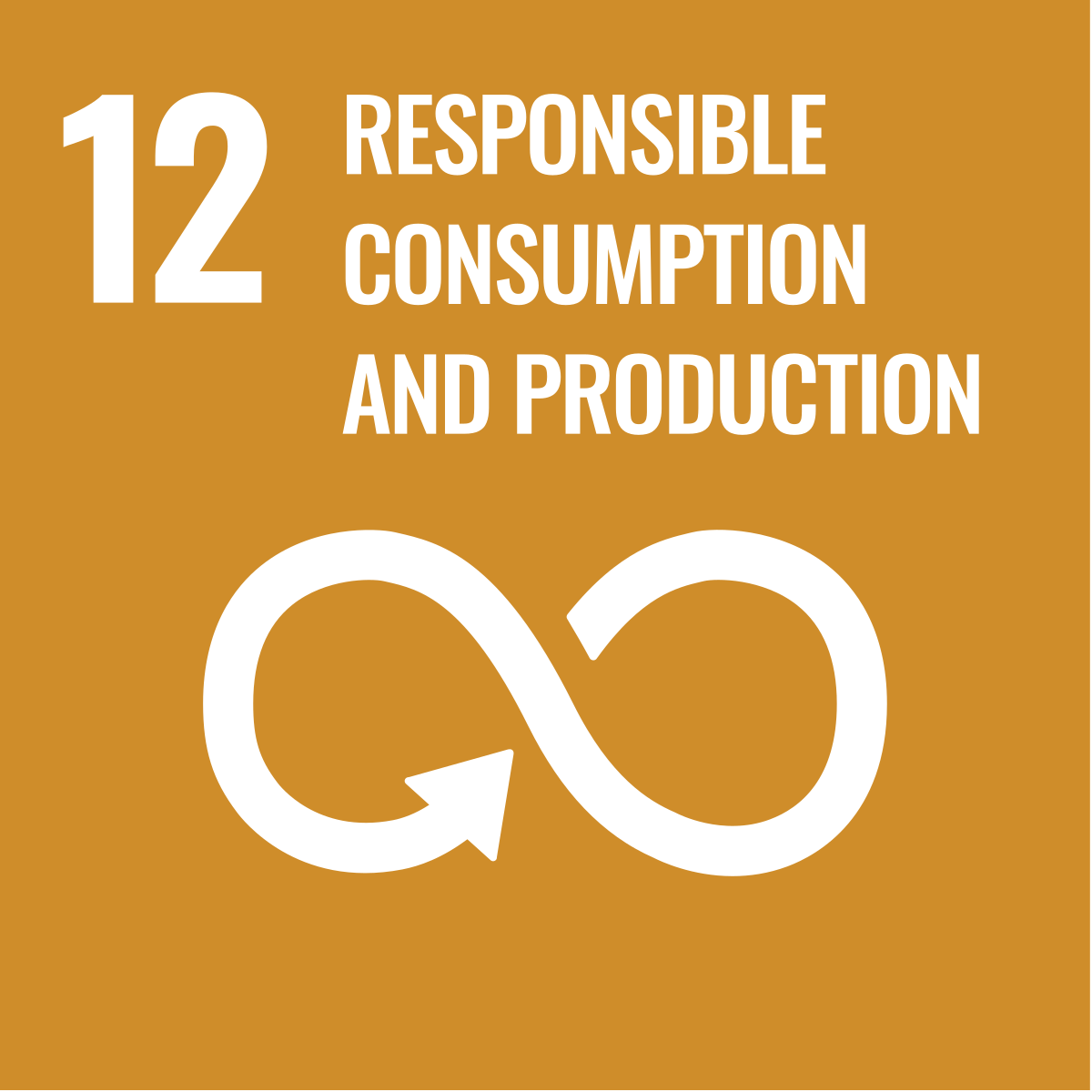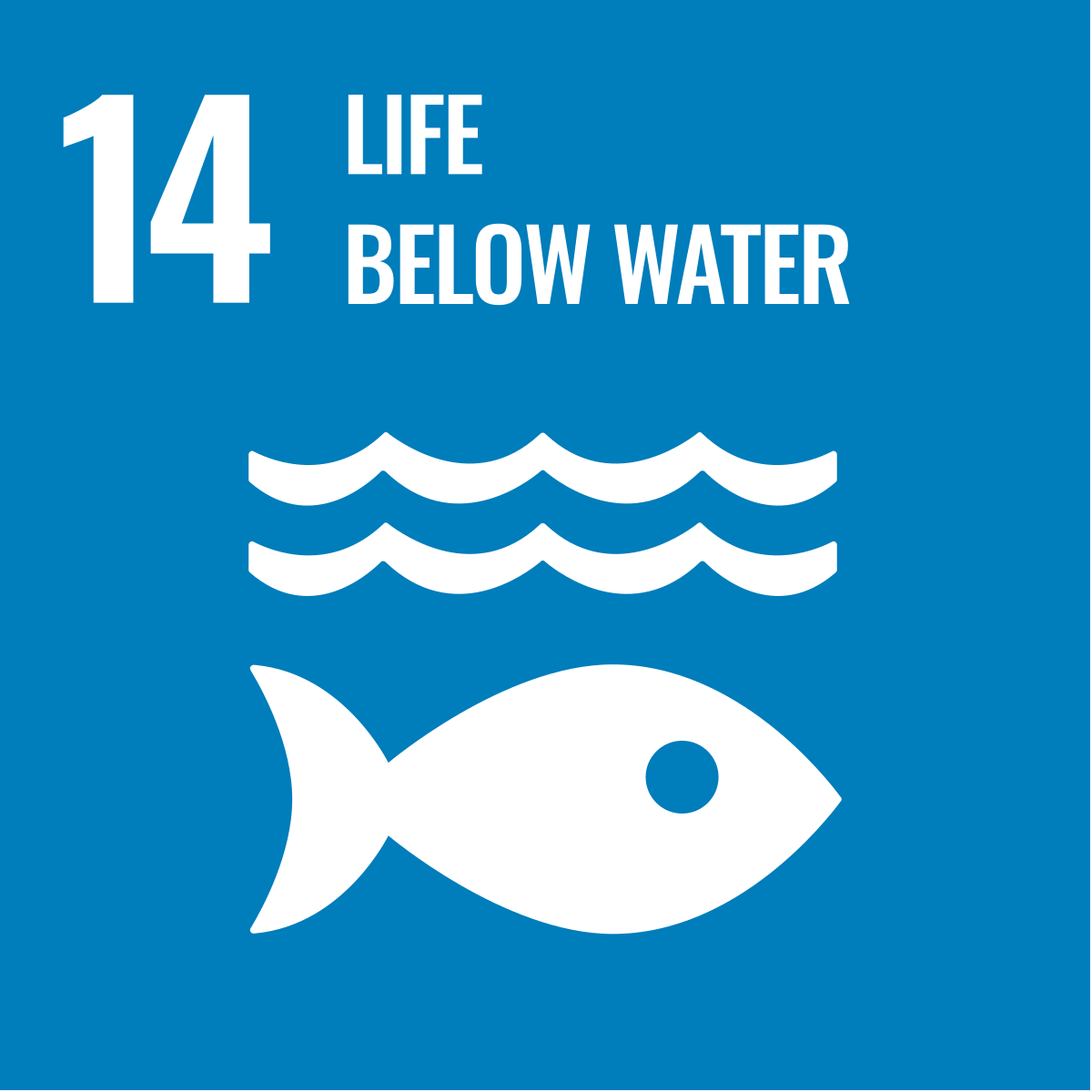
Our mission is to make sustainable hull cleaning available and affordable worldwide — using the UN Sustainable Development Goals as our compass. Below, you can see the goals we're working towards, and the progress we're already making.
Turning impact into action – through the SDGs

Our impact status to date:
To Do:
Thank you for exploring with us.
Get in touch to take the next step and let’s create impact together.
Seeing the whole picture
The Problem
Biofouling => more fuel => higher emissions
Invasive species spreading globally
Conventional cleaning releases plastic and toxins
Our Solution
Chemical-free
No divers needed = safe for humans
Market leading capture performance
Secure disposal of contaminated waste
Reduces GHGs through fuel savings
The 2023 Guidelines for the control and management of ships' biofouling to minimize the transfer of invasive aquatic species (Biofouling Guidelines) (resolution MEPC.378(80)) are intended to provide a globally consistent approach to the management of biofouling, which is the accumulation of various aquatic organisms on ships’ hulls. The Biofouling Guidelines were originally adopted by the Marine Environment Protection Committee (MEPC) at its sixty-second session in July 2011 and were the result of three years of consultation between IMO Member States; following a thorough review that also took three years, the revised Guidelines were adopted by the MEPC at its eightieth session in July 2023. The Biofouling Guidelines represent a decisive step towards reducing the transfer of invasive aquatic species by ships.
Invasive aquatic species
To protect marine life and reach SDG 14, we must understand the risks posed by invasive species – and why action matters.
The introduction of invasive aquatic species to new environments by ships has been identified as a major threat to the world’s oceans and to the conservation of biodiversity. A multitude of marine species, carried either in ships’ ballast water or on ships’ hulls, may survive to establish a reproductive population in the host environment, becoming invasive, out-competing native species and multiplying into pest proportions.
The problem of invasive species carried by ships has intensified over the last few decades due to the expanded trade and traffic volume and, since the volumes of seaborne trade continue to increase, the problem may not yet have reached its peak. The effects in many areas of the world have been devastating. Quantitative data show that the rate of bio-invasions is continuing to increase at an alarming rate and new areas are being invaded all the time.
The spread of invasive species is now recognized as one of the greatest threats to the ecological and the economic well-being of the planet and one of the main drivers of biodiversity loss. These species are causing enormous damage to biodiversity and the valuable natural riches of the earth upon which we depend. Direct and indirect health effects are becoming increasingly serious and the damage to the environment is often irreversible. Moreover, significant economic impact occurs to industries that depend on the coastal and marine environment, such as tourism, aquaculture and fisheries, as well as costly damage to infrastructure.
Source citation: IMO – the International Maritime Organization





